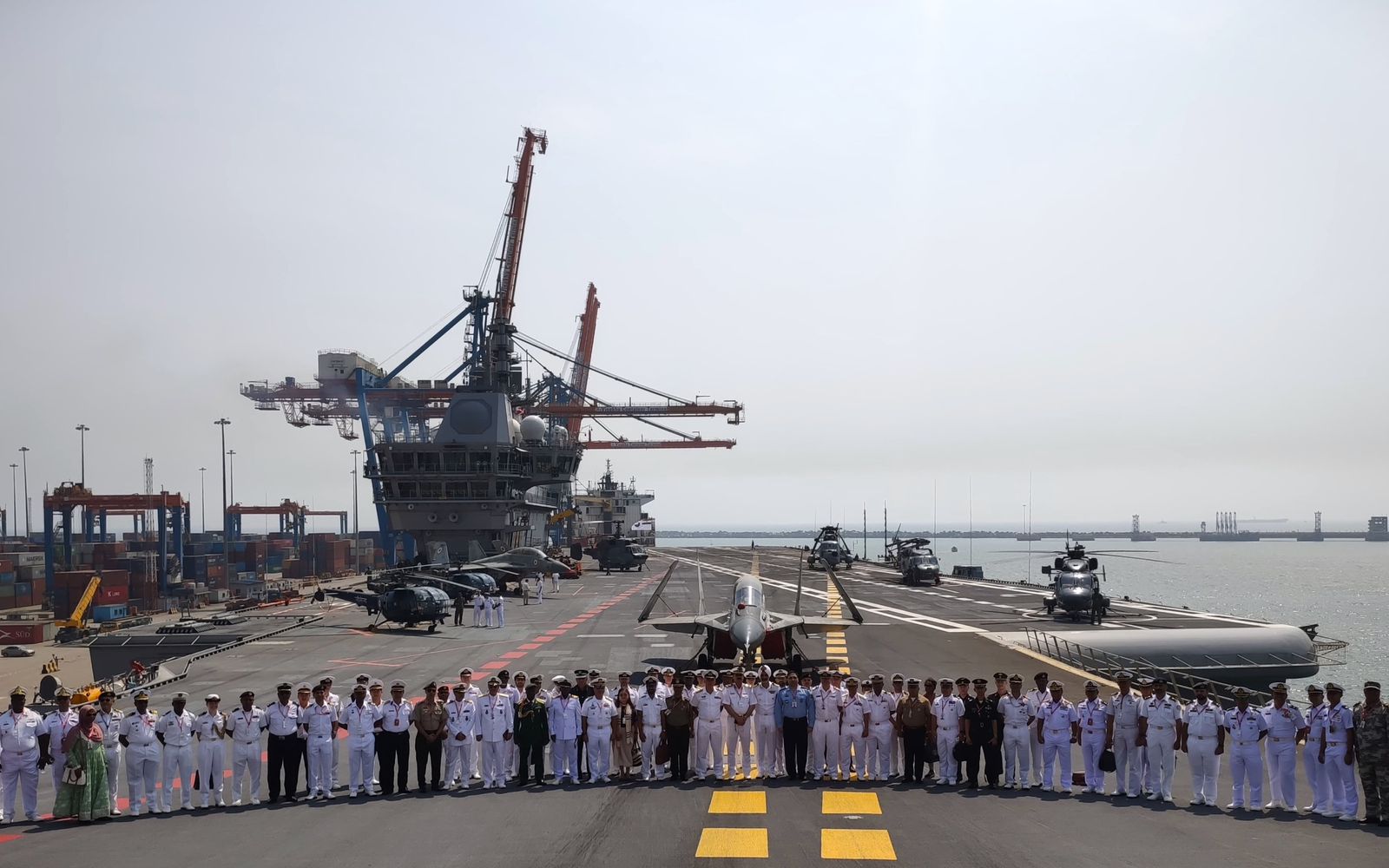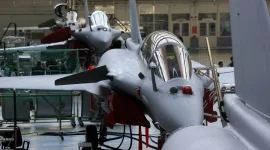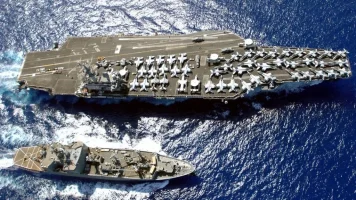While the Indonesians would undoubtedly benefit from having a small carrier, it is simply beyond their means for the time being. The Indonesian Navy operates five Makassar-class LPDs plus three small derivatives which have been configured as hospital ships. Those ships give them fairly sufficient coverage over their maritime boundary.
However, the place where they arr most in trouble is with their surface fleet. Here is how:
1. Of the seven frigates that Indonesia operates, five are of the Van Speijk-class, which date back to the 1960s and are license-built versions of the Leander-class frigates. For reference, we built the Leanders under license as the first Nilgiri-class. The Indonesians have some plans to replace these ships with six FREMMs, two Type 31s, and two Maestrale-class frigates (with the excess numbers replacing a bunch of corvettes), but they are facing the financial crunch of doing so.
2. Of their 25 corvettes, 17 are over 35 years old, and 15 of those are over 40 years old. These ships are a mix of ex-East German Parchim-class corvettes and the 1970s Fatahillah-class. All of these ships are well past their relevance, and replacements are not particularly forthcoming, except if the frigate acquisition programs work out and the South Koreans end up donating the three Pohang-class corvettes they are offering.
3. Indonesia does have a good fleet of OPVs (21 modern + 2 antiquated) and attack craft (32 modern + 15 antiquated), but the attack craft are not particularly well suited for maritime patrol. Even so, there are some 15 attack craft that are over 30 years old and should have been decommissioned by now.
4. Indonesia's mine warfare vessels are also somewhat obsolescent. Of the nine such vessels they have, 5 are over 50 years old (therefore well past their retirement point), and a further two are over 35 years old (hence approaching retirement), with only two modern vessels.
5. When it comes to submarines, Indonesia's three Type 209-1400 boats are relatively modern (having entered service in 2017, 2018, and 2021), but the fourth boat, a Tupe 209-1300 (the Cakra) is quite obsolete, having entered service back in 1981. Add to that the fact that the other Type 209-1300, the Nanggala was lost at sea with all hands in 2021, and Cakra is basically a harbour boat now. Still, the Indonesians do have plans to buy another 2-3 submarines.
6. Indonesia's amphibious landing ships are also almost at retirement. They have 9 modern LSTs, plus another 15 older ships. Of those 15, 14 are over 40 years old, and therefore at the point of retirement, with the 15th ship dating all the way back to 1961. Again, they are unable to replace these ships on a one-to-one basis.
7. The auxiliaries are mostly in good shape with a few exceptions. Even so, with the exception of their tugboat fleet (where 12 out of 14 ships are at or near the point of retirement), the rest of the fleet still has a few years left in it.
The problem that the Indonesian Navy is facing is that they can't replace all of the ships needing replacement due to funding crunches. They bought a very large number of second-hand ships from the mid-1980s to the mid-1990s on the cheap. This, in fact, included over two-thirds of East Germany's Navy in the 1990s. Now, all those ships are causing a block obsolescence issue for the bulk of Indonesia's Navy, and they do not have the money to replace them all. In such a scenario, a carrier is out of the question.
However, there has been some speculation that once the first of the San Giorgio-class LHDs is retired, the ship may be sold to Indonesia (assuming it is in good shape). That decommissioning should happen in 2025-27. The five LPDs, plus one LHD (and possibly the second San Giorgio-class LHD excluding the unmodified San Giusto) in Indonesian hands would give them a fairly good fleet for about two decades or so, at which point they can start considering a mid-sized carrier.



